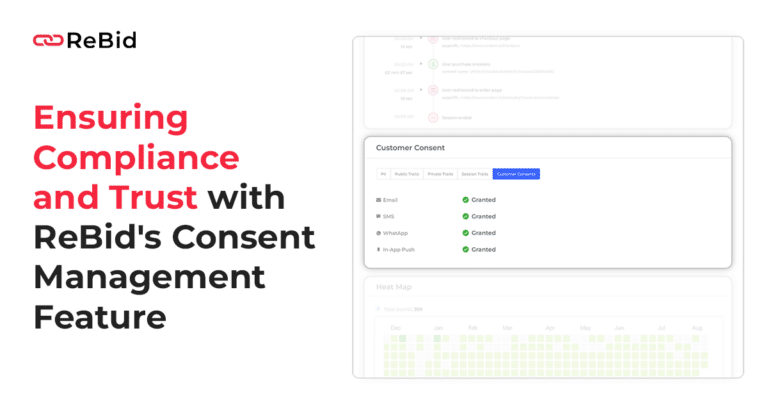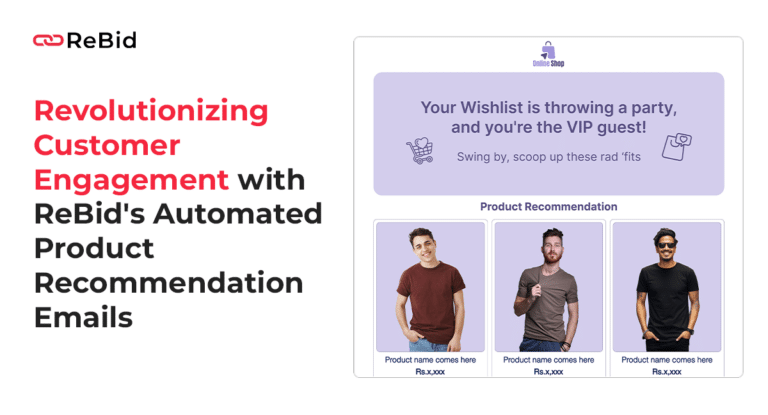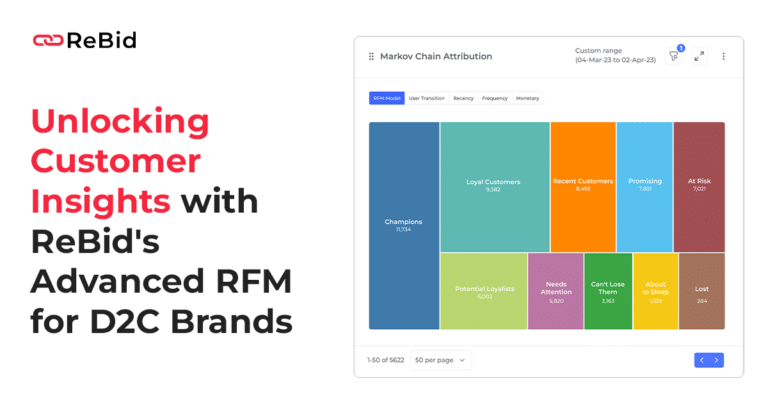Programmatic advertising is significantly in the limelight today, and this gives advertisers the perfect time to watch out for the latest trends that they can leverage for their business. With the extensive rise of third-party cookies, enthusiasts are picturing what a world without cookies would look like. While this will essentially bring about a dramatic expansion within programmatic advertising itself, it will also work exceptionally as a robust digital marketing tool. Programmatic Advertising’s future is all bright, with a forecasting growth of 19.3% CAGR. The Programmatic Advertising future is also expected to reach $94.97 billion in the coming year.
This growth suggests how the businesses are spending more on digital advertising displays. It will be the most efficient approach to buy and entice highly intended prospects or audiences for business. In relevance, research also made some facts clear. Of all the participants, around 11.5% of the participants approved the Programmatic advertising as the best branding initiative. Programmatic advertising future is here.
Moreover, with more and more technological advancements, algorithms can unquestionably offer more scope in terms of programmatic advertising when integrated with augmented software. That being said, have you ever really wondered how a post-cookie landscape will progress? Discover below some of the most outstanding programmatic advertising trends, including programmatic advertising future post cookie depreciation.
Post Cookie Data Solution
The deflation of third-party cookies has been in question for a while now. Once Google arrives with a stringent plan to eradicate third-party cookies, programmatic advertising will open doors of solutions for itself. Google is considering allowing first-party data, and hence, the pivotal focus of programmatic advertising revolves around managed first-party cookies. A study suggests three prominent ways to leverage first-party data maximally. These include-
- Introducing Registration Walls
- Sectioning Your Target Audience and The Use of Interpretative or Textual Targeting
- Broadening Your User Data Pool
Additionally, reports suggest that about 51% of advertising experts invest comparatively more in contextual targeting. On the other hand, over 43% of these marketers indicate that they see scope for this method in the near future. This is good news for programmatic advertising future.
Growth of CTV, OOH, and In-app Ad Formats
There will be substantial growth in CTV, OOH, and In-App formats. According to the managing director of Comcast, CTV is considered to be an underlying aspect of media planning for a majority of advertisers. OTT ads consist of an average completion rate of about 98%. Moreover, it is quite a task to skip these ads on a Smart TV. In a few cases, viewers do not even have the option of skipping the ad if they wish to watch the remaining video.
CTV and OOT programmatic advertisements encountered a rise of over 40% amid the Covid-19 pandemic. Programmatic advertising came to a new normal with the eventual ease of certain restrictions and guidelines. Users favor sitting by their TV sets, even now. A study suggests that the overall CTV ads spend increased by over 32% in 2021. While the big screen is a popular and most-preferred domain for marketing, mobile advertising is just as popular. Over 68% of digital ad spending is through mobile. Moreover, let’s not forget that mobiles are way more accessible for playing games, streaming videos, and scrolling through the web. With amplified HTML5 formats, marketers are bound to benefit from in-app and in-game applications in the near future.
Programmatic DOOH
While digital out-of-home advertising started steadily, studies suggest that people are tired of various lockdown policies. They are thus reluctant to the idea of staying at home because of health-related concerns. Over 81% of marketers wish to incorporate DOOH in their media buying complex. Over 76% of these marketers, furthermore, want to expand their ad spending on this respective channel. DOOH is one of the prominent areas that will see a strong recovery after being affected by the Covid-19 pandemic.
Out-of-home advertising is no novel concept. It has been all around for as long as you can remember. However, despite being a conventional form of promotion, this form of advertising seems to be losing popularity, especially after the emergence of online ads. Moreover, with the increased use of mobile phones, it is only apparent that this form of advertising has lost its charm. That being said, over time, when people get bored of the ‘online advertising forum’, OOH will encounter a significant resurgence.
Today, only a limited number of supply-side platforms collaborate with DOOH. Moreover, this form of advertising is involved direct media forms instead of the standard forms of online marketing, which thus encounters a dramatic shift toward programmatic advertising. Even then, DOOH is growing among SSPs. Therefore, programmatic DOOH is quite beneficial for companies owning a DSP. Programmatic Inhousing is programmatic advertising future.
With the power of ReBid Desk, you can In-house your Programmatic Advertising
Privacy First
Businesses cannot afford to risk any data breaches, especially with the tough competition in the market. It undoubtedly goes without saying that over time, there will be a number of security privacy policies and initiatives across the world, and businesses have no choice but to be accustomed to these alterations.
While the emergence of these policies may seem to enhance the security of consumers’ personal data, they simultaneously give rise to several challenges for distinguishing initiatives such as tracking and attribution. This can mean a lot of things for your brand if you wish to adopt a programmatic marketing strategy. With Google Chrome consisting of about 70% market share for browsers, this change will undeniably influence how businesses monitor, target, and further interact with customers.
In a world with no cookies, brands will have to discover different methods to anticipate what their customers are interested in without having to gather their personal information. Audience targeting, conversion monitoring, frequency capping, and so on are some elements that will be altered in a cookieless world. Employing unidentified third-party data for analyzing consumer behavior is an excellent approach to preventing any unfavorable repercussions to your programmatic advertising strategy in a world without cookies. Mobile and CTV go hand-in-hand. They work great together, and cross-device retargeting can offer limitless benefits to advertisers.
Programmatic Advertising Future Forecast Bottom Line
The ad tech industry will galvanize based on how the world pandemics will expand. Programmatic advertising is unquestionably experiencing an influential revelatory period, especially with the eventual elimination of third-party cookies. Several efficient and dynamic solutions will evolve when the slow death of third-party cookies finally finishes. Brands must center their attention on first-party data for attaining optimal brand success whilst watching out for outstanding components like mobile gaming and CTV. Keeping up with the surging programmatic ad trends and leveraging a cutting-edge creative management platform can surely do more wonders than you can imagine.





